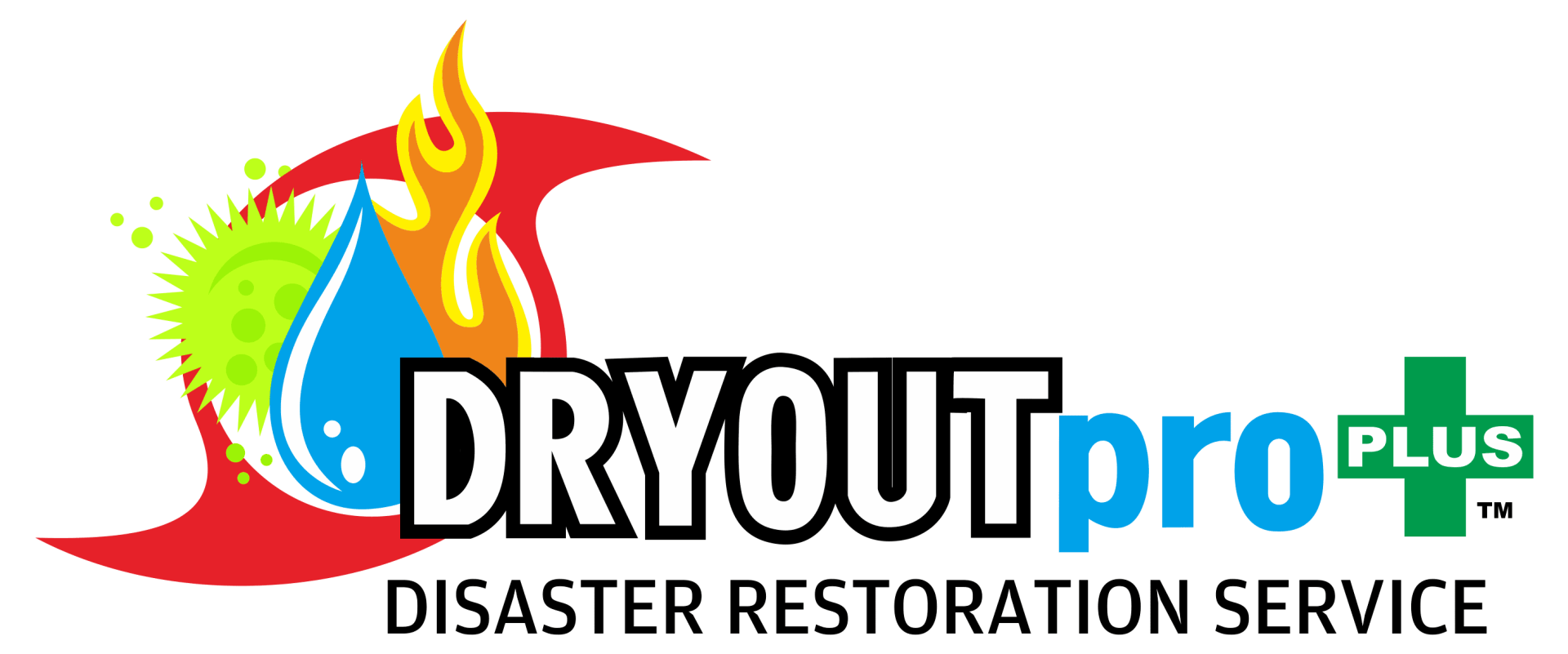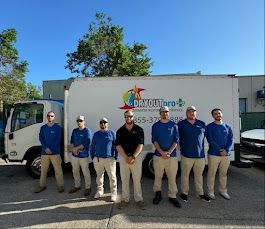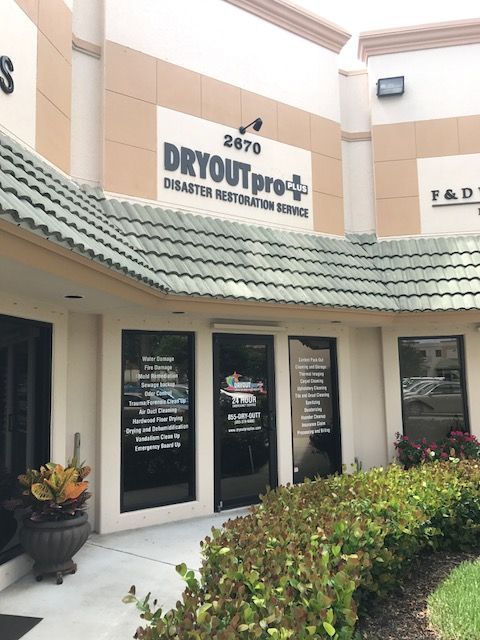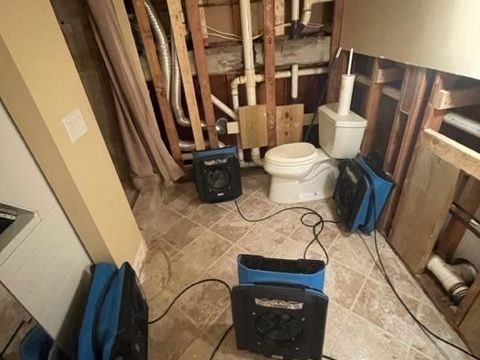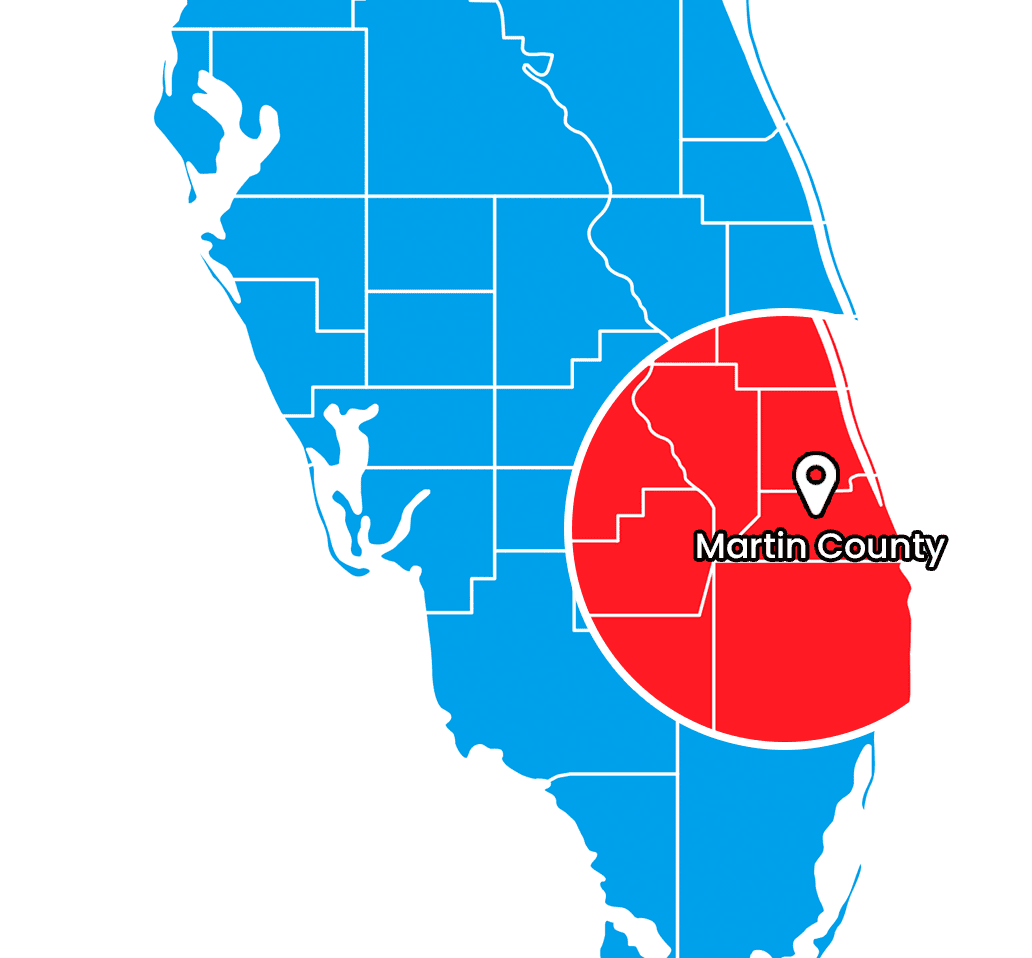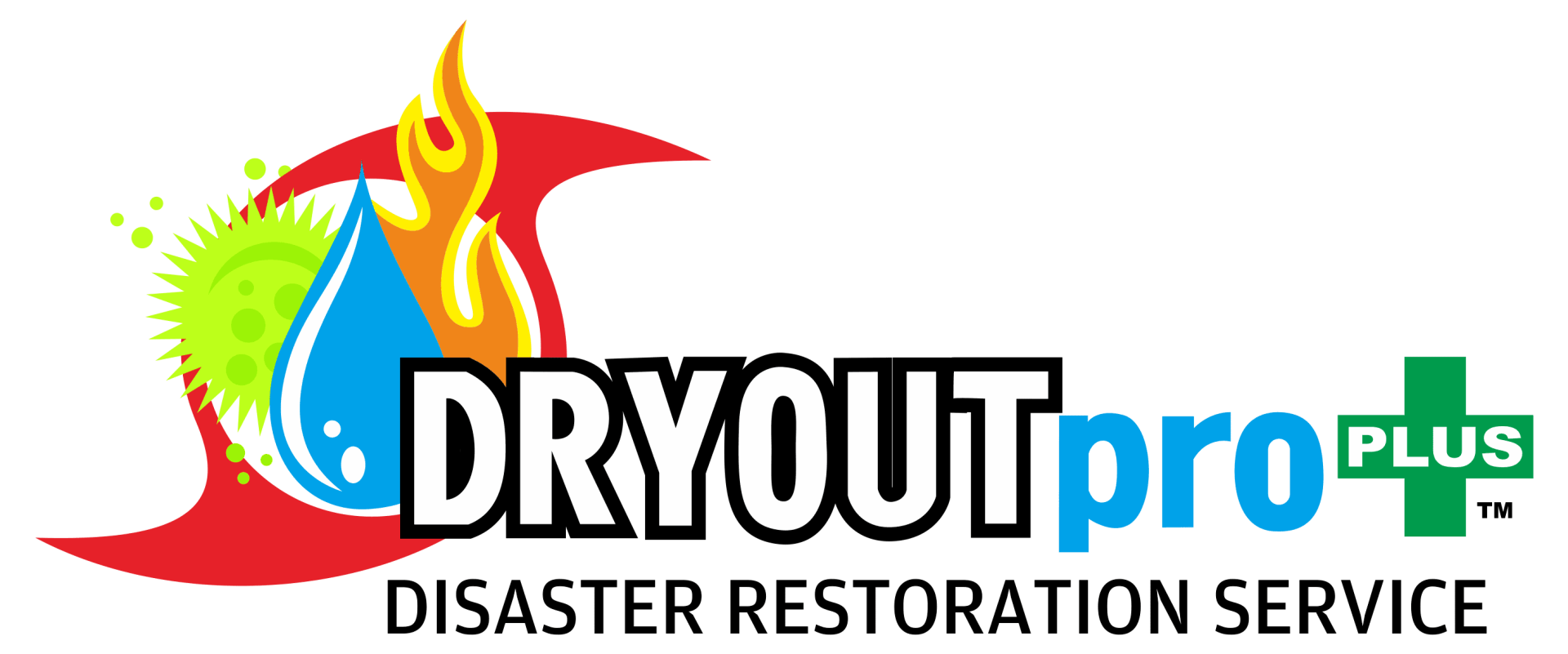
What to Do After Water Damage Strikes: Steps for Restoration
April 29, 2024
Water damage restoration is a critical service many homeowners may need at some point. When water damage strikes your house, it can be overwhelming and stressful. However, knowing what steps to take in the aftermath can make a significant difference in minimizing the damage and restoring your home. In this guide, we'll outline the essential steps you should take after water damage occurs, focusing on how to deal with water damage with success, either on your own or with professional help. If you need
water damage restoration Jupiter FL, we’ve got you covered!
Consequences of Water Damage
How can water damage houses?
Water damage can wreak havoc on your house, leading to many different issues. The common problems that occur after water seeps into your house are the ones listed below:
- Structural Damage: Water can weaken building materials like wood, drywall, and concrete, compromising the structural integrity of your home. This may lead to sagging floors, warped walls, or even collapse in severe cases.
- Mold Growth: Excess moisture from water damage creates an ideal environment for mold spores to develop. Mold can spread rapidly throughout your home, causing respiratory issues, allergic reactions, and damage to surfaces and belongings.
- Damage to Belongings: Water can ruin furniture, electronics, documents, and other personal items. Items exposed to water may warp, rot, rust, or become permanently damaged, resulting in costly replacements.
- Health Risks: Mold and bacteria growth in water-damaged areas carry significant health risks to occupants. Exposure to mold spores and contaminants that spread through the air can trigger allergies, asthma, respiratory infections, and other health problems, especially in vulnerable individuals.
- Electrical Hazards:
Water damage can damage electrical systems, leading to short circuits, power outages, and electrical fires. Wet electrical outlets, appliances, and wiring bring about a serious risk of electrocution and should be tackled immediately to prevent accidents.
How to Deal with Water Damage
DIY
Here are the steps you can take on your own after water damage strikes:
- If possible, Identify the Source of Water Damage: The first step in dealing with water damage is to identify the source of the water. Whether it's a burst pipe, a leaking roof, or a malfunctioning appliance, determining the cause will help you tackle the problem more effectively.
- Inform Your Insurance Company: Once you've identified the source of the water damage, it's important to contact your insurance company as soon as possible. They can guide you through the claims process and assist in covering the costs of restoration.
- Turn Off the Power: Before you start any cleanup or restoration efforts, ensure that the power supply to the affected area is turned off. Water and electricity are a dangerous combination, so it's important to prioritize safety.
- Protect Valuable Belongings: Try to salvage any valuable belongings from the water-damaged area. Remove furniture, electronics, and other items to a dry location to prevent further damage.
- Start Water Extraction Immediately (within 24h): Time is key when it comes to water damage. The longer water sits in your home, the more damage it can cause. If possible, begin extracting water within 24 hours to minimize the extent of the damage and prevent mold growth.
- Check for Mold: One of the most significant risks associated with water damage is mold growth. After the water has been extracted, thoroughly inspect the affected area for any signs of mold or mildew. If mold is present, it’s best to tackle it quickly to prevent further damage and health hazards.
- Begin the Restoration Process: Once the water has been removed and the area has been thoroughly dried, it's time to begin the restoration process. This may involve repairing structural damage, replacing damaged materials, and restoring your home to its pre-damage condition. If you are skilled enough, this will not be as difficult for you.
Professional Water Damage Restoration Steps
Now that you know what to do after water damage and what steps are needed, there comes the decision on who’s going to do the restoration. Below, you’ll find the steps taken by restoration companies to minimize the consequences of water damage. After reading this, you’ll be able to make an informed decision.
- Assessment: A professional restoration team will thoroughly assess the damage, including moisture levels and potential structural issues.
- Determining the Type of Water: Water damage can be categorized into three types: clean water, grey water, and black water. Clean water typically comes from sources like broken pipes or overflowing sinks and carries the least immediate health risk. Grey water may contain contaminants like soap or chemicals and can come from appliances like washing machines or dishwashers. Black water is the most dangerous, containing sewage or other contaminants, often from flooding or sewage backups. Professionals understand the type of water involved, which helps them determine the appropriate cleanup and restoration methods.
- Water Extraction: Using industrial-grade equipment, professionals will extract standing water quickly and efficiently, minimizing further damage to your home.
- Drying and Dehumidification: Professionals will use specialized drying techniques and equipment to thoroughly dry out the affected areas, including walls, floors, and ceilings.
- Mold Remediation: If mold is present or suspected, professionals will perform mold remediation procedures to safely remove and prevent its spread.
- Structural Repairs: Once the area is dry and sanitized, professionals will repair any structural damage, like weakened walls, damaged foundations, and weakened supporting beams, while restoring your home to its pre-damage condition.
- Restoration and Cleanup: Finally, professionals will clean and restore your home, replacing damaged materials and ensuring that it is safe and habitable once again.
DIY vs Professional Water Damage Restoration
While DIY methods can be tempting to save money, there are significant advantages to hiring professional water damage restoration services.
DIY water damage repair may appear budget-friendly, but it carries risks. Incomplete fixes can lead to mold or structural issues. Lacking tools and skills, DIY may be slow and ineffective, prolonging damage and restoration.
Professional water damage restoration offers expertise, specialized equipment, and efficient solutions. They assess, plan, and execute restoration, preventing long-term issues like mold. Besides that, professionals streamline insurance claims, reducing stress for homeowners.
Contact DRYOUTpro PLUS, INC. for Professional Water Damage Restoration
Are you facing water damage? Get fast, professional help from
DRYOUTpro PLUS, INC. Our experienced team specializes in water damage restoration, offering fast response and reliable service. Contact us anytime for efficient restoration solutions, and we will respond and be there before you know it. Just give us a call at (772) 288-4222 or send us a message through
our online form.
Get A Free Estimate
By filling out the form below
